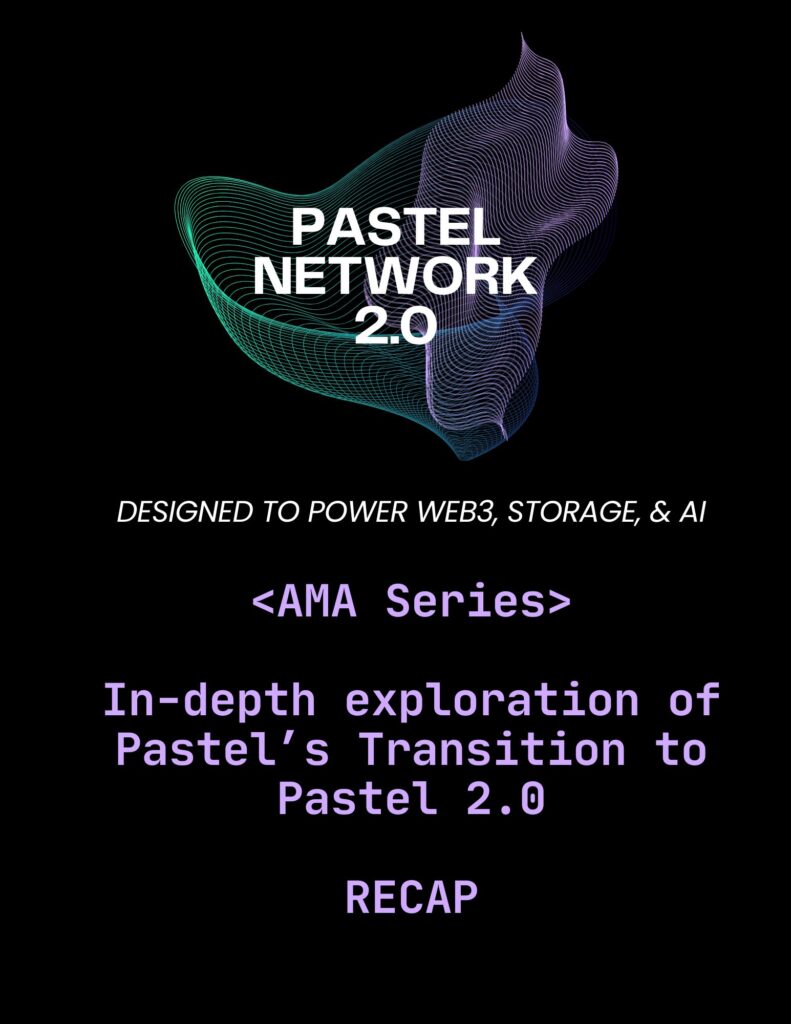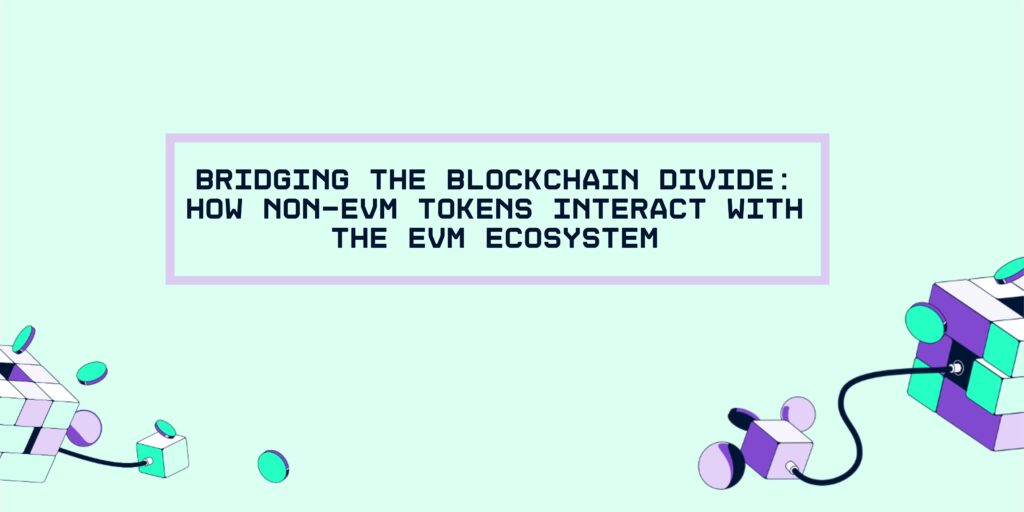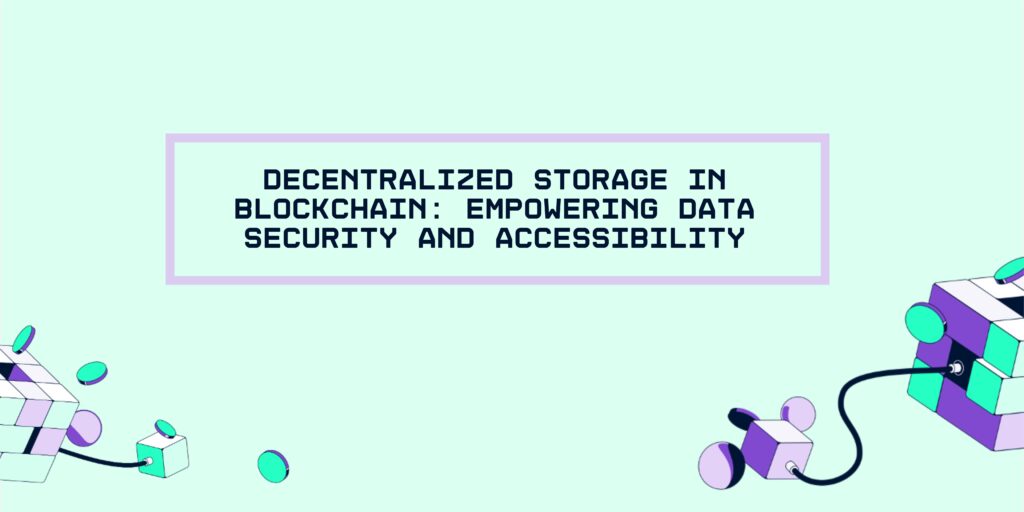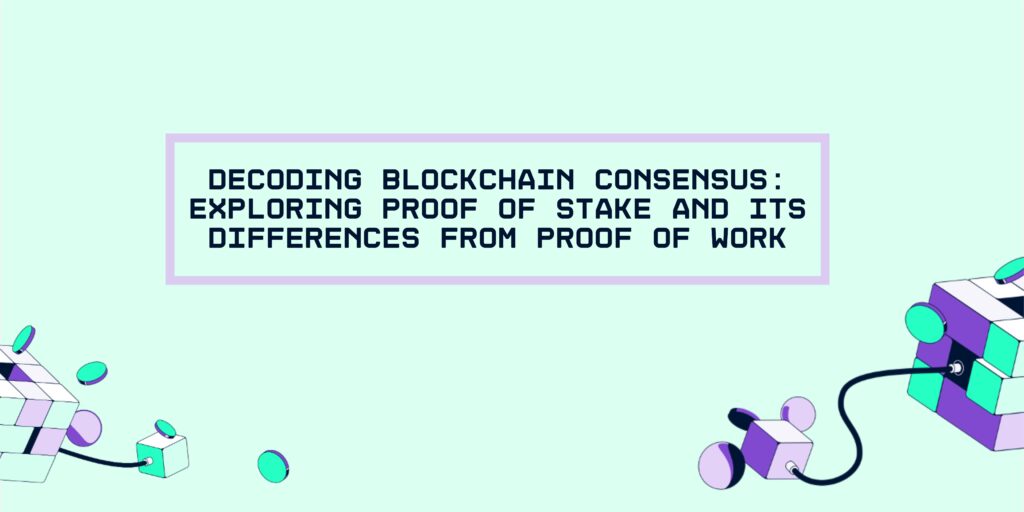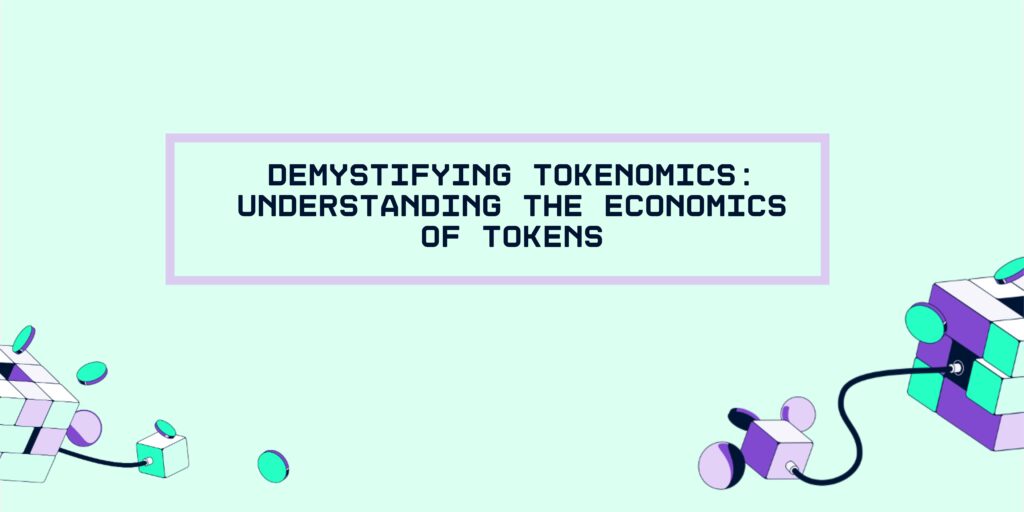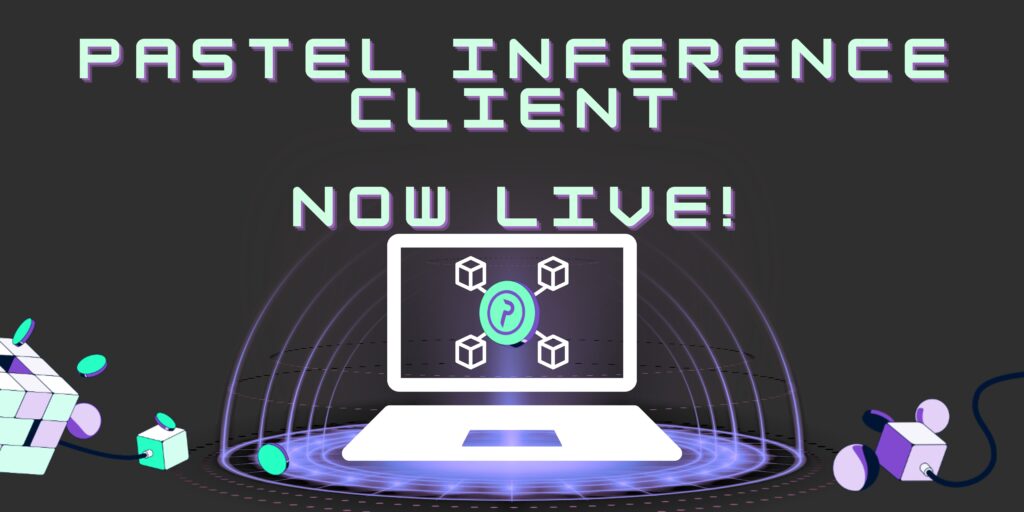As blockchain and Web3 technologies continue to advance, we are excited to introduce Vermeer Mainnet Release 2.1, a pioneering upgrade setting new standards in the industry.
This update introduces a suite of enhancements designed to fortify the network’s infrastructure, streamline operations, and significantly advance its commitment to security and decentralization. With revolutionary changes to the consensus mechanism, upgrades to the Pastel Node software, and improvements across Supernode & Walletnode functionality, this release marks a significant milestone in Pastel’s journey.
Let’s delve into how this update redefines & impacts the Pastel ecosystem.
Important Notes:
- The latest Protocol Version 5 release will activate at the Pastel Network Block Height of 649,000, or approx. March 15th, 2024 at 07:35:00 EST/11:35:00 UTC. After this Block Height, prior client versions will no longer be supported and all newly mined blocks will be signed using the PastelID of an active Supernode via mining pools.
- As this update includes a major change to our consensus mechanism and CB transactions, we are taking the necessary precautions to ensure a secure and safe update for partners. All custodial partners (such as Centralized Exchanges or Staking Providers) are strongly requested to halt withdrawals / deposits of PSL starting on March 15th, 2024 09:00:00 UTC and until network stability is ensured.
- At the Pastel Network Block Height of 650,152, or approx. March 17th, 2024 at 07:35:00 EST/11:35:00 UTC, newly mined blocks may be signed by active Supernodes via solo mining in addition to pools.
- Upgrade instructions can be found here and latest binaries can be downloaded directly here.
Key Vermeer 2.1 Updates and Their Benefits
- A Leap in Blockchain Consensus: Vermeer 2.1 revolutionizes Pastel’s mining system by introducing Supernode-exclusive mining. This strategic move not only bolsters network security but also promotes a more decentralized mining landscape. By aligning mining incentives with the network’s longevity, this upgrade promises to enhance token economics and network health substantially.
- Enhanced Node Software: The Pastel Node software sees substantial improvements, including new RPC endpoints and security enhancements. These upgrades improve network functionality, efficiency, and security, ensuring a smoother and more reliable experience for all network participants.
- Supernode and Walletnode Evolution: The introduction of self-healing functionality within the storage layer is a testament to Pastel’s innovative edge. This feature significantly reduces the risk of data loss, ensuring the network’s resilience. Enhanced communication protocols between Supernode and Walletnode streamline operations, further elevating the network’s performance.
- Gateway Enhancements for User Accessibility: Vermeer 2.1 enhances the Pastel Gateway, making it more user-friendly and accessible. These improvements facilitate smoother integrations and interactions within the network, enriching the overall user experience.
- Diverse Library Updates for Increased Network Activity: The addition of new libraries and updates to existing ones underscores Pastel’s commitment to accessibility and network engagement. These enhancements are pivotal in fostering a vibrant and active ecosystem.
Further details on each key update are provided below.
Revolutionizing Consensus with Supernode-Exclusive Mining
The centerpiece of Pastel’s Vermeer 2.1 upgrade is the overhaul of its consensus mechanism, specifically through the introduction of supernode-exclusive mining. Initiated by Pastel Network Improvement Proposal (PNIP) 2, this innovation targets the elimination of the PSL free-rider issue, directly linking mining incentives with the network’s enduring prosperity. This significant shift promises to substantially bolster the token’s economics, enhance network health, and secure its future success.
By confining mining activities to Pastel Supernodes (SNs), the upgrade enforces a model where only those with active SNs and substantial staked collateral can mine. This system is designed to mitigate market pressure from non-committed miners and enhance both network security and decentralization through Proof-of-Stake (PoS), while maintaining a competitive and fair environment for mining participants and the security benefits that come from Proof-of-Work (PoW).
Motivation
The upgrade addresses the setbacks of the existing Proof-of-Work (PoW) system, which placed economic strain on the network by enabling miners without a long-term vested interest to participate. This has hindered the PSL’s market performance and the network’s development. The new system aims to enhance PSL’s market stability and enhance these issues by limiting mining capabilities to committed network participants, thereby reducing the negative impact of speculative mining and ensuring a more stable economic environment for PSL.
Specifications
- Mining Eligibility: Only Pastel SNs with a locked collateral of 5 million PSL and running the required node software version can participate in mining.
- New Block Header Fields: Two new fields are introduced in the block header for “Version 5” blocks: i) the PastelID of the mining SN and ii) a signature of the previous block’s Merkle root by the SN’s PastelID.
- Supernode Validator API: A new Python-based API server,
mining_block_supernode_validator, facilitates the signing process, ensuring SNs can securely contribute to block validation without exposing private keys. - Mining Pool Modifications: Updates to the S-Nomp mining pool software and the Stratum Pool library accommodate the new system, requiring miners to provide SN signature data for block submissions.
- Default CPU Mining: As a backup to mining pools, we introduce CPU mining via SNs. To facilitate these changes, various dependent libraries have been updated.
- Dynamic Fee Adjustment: Mining fees adjust based on network hash rate changes, maintaining service affordability and incentivizing hash rate growth in proportion to PSL value.
For more details on the latest consensus mechanism, please view PNIP 2 here.
Pastel Node Software (pasteld) Enhancements
The upgrade delivers critical enhancements to the Pastel Node software, boosting network functionality, efficiency, and security:
- Resolution of a security vulnerability within OpenSSL’s SHA3–256 hash function.
- New RPC endpoints for estimating NFT fees in advance, tracking fees paid to SNs and burned coins, and accessing total coin supply data.
- Improved mechanisms for handling chain splits.
- Added new startup flags to allow for rewinding to a previous state and for repairing the ticket database in case of data corruption.
Supernode and Walletnode (goNode) Advancements
Vermeer 2.1 introduces full self-healing functionality at the storage layer, providing a robust defense against data loss. This upgrade, alongside refined storage challenge processes and enhanced Supernode/Walletnode communication, significantly elevates the efficiency and reliability of Pastel’s storage and AI-based services:
- Implementation of self-healing for data redundancy and recovery.
- Enhanced performance of the storage challenge system and reliability of the Walletnode messaging system with SNs.
- Added Webp image support to Supernode and Walletnode.
- Added comprehensive metrics endpoints for both storage challenges and self healing. Note: These will be integrated into the Pastel Explorer site in the near future.
The above changes are split over many individual commits to the software which you can view here.
Pastel Gateway Improvements
Vermeer 2.1 significantly enriches user experience and network integration through the Pastel Gateway. This update provides user-friendly SDKs and smoother integration flows, contributing to a more seamless and accessible environment:
- Full support for Pastel Mainnet.
- Various performance and reliability improvements.
- Finalized integration with SmartMint.
- Introduced the new Python Gateway SDK to make it even easier to integrate with existing applications.
- Significant stress testing using our new Network Maker automated testing library.
New Miscellaneous Libraries
In this release, Pastel added additional databases to further increase accessibility and overall network usage / activity.
- Introduced a new NodeJS library for interacting with the Pastel Node which was integrated into the revised mining pool software.
- Launched a comprehensive REST RPC Wrapper library in Python FastAPI which allows users and partners to access all functionality exposed by the
pastel-clitool using a convenient REST API with full documentation and Swagger.
Join Us in Shaping the Future
The Vermeer 2.1 Mainnet Upgrade underscores Pastel Network’s dedication to spearheading advancements in the blockchain ecosystem. This monumental upgrade represents a significant leap towards redefining the Web3 infrastructure, with a focus on enhanced security, decentralization, and network performance.
Through rigorous development and testing, our team has meticulously refined each aspect of this upgrade, ensuring its resilience across diverse environmental and network conditions. This release not only strengthens the network’s token economics and security features but also marks a critical step towards a more efficient and user-centric Pastel ecosystem.
As Vermeer 2.1 goes live, we encourage our community to join us in this journey by upgrading their systems by blockHeight 649,000, ensuring seamless integration with these enhancements.
We’re committed to transparency and community involvement. The full stable release source code for Vermeer 2.1 is available here, and we encourage developers to explore and contribute to our growing ecosystem.
Interested in our Grant’s Program? Apply here!
Looking Ahead
As we commemorate this milestone, our vision for pioneering the most innovative and adaptable Web3 technologies has never been clearer.
In celebration of Vermeer 2.1’s launch, we’re thrilled to announce a series of community engagement initiatives, including foundation token burns and exclusive airdrop campaigns. These events are designed not only to enrich our community’s involvement but also to further cement Pastel’s role at the forefront of Web3 innovation. Stay connected with us for these upcoming events and be part of the exciting developments shaping the future of Web3 infrastructure.
The future of Web3 infrastructure begins on Pastel.
About Pastel Network
Pastel Network is a fully decentralized, interoperable layer-1 blockchain serving as the preeminent protocol standard for non-fungible tokens (“NFTs”) and Web3 technology.
Pastel powers layer-1 & layer-2 blockchains, decentralized applications (”dApps”), or third-party enterprises with next-generation infrastructure including NFT copymint protection, permanent data storage, and more. Lightweight protocols delivered via Web3 open APIs like Sense and Cascade can be easily integrated across existing ecosystems. A wide range of applications can be built directly on Pastel, enabling developers to enjoy the NFT primitives, composability, plug-and-play modules, and security of the broader network.
Pastel is managed by world-class developers, cryptographers, and technologists, supported alongside an experienced and extensive network of marketers, influencers, and third-party agencies. Pastel is backed by key stakeholders including Innovating Capital, a prominent venture fund.
For more information on Pastel Network, visit https://pastel.network/.
Website | Twitter | Discord | Telegram | Github | Reddit | Instagram
